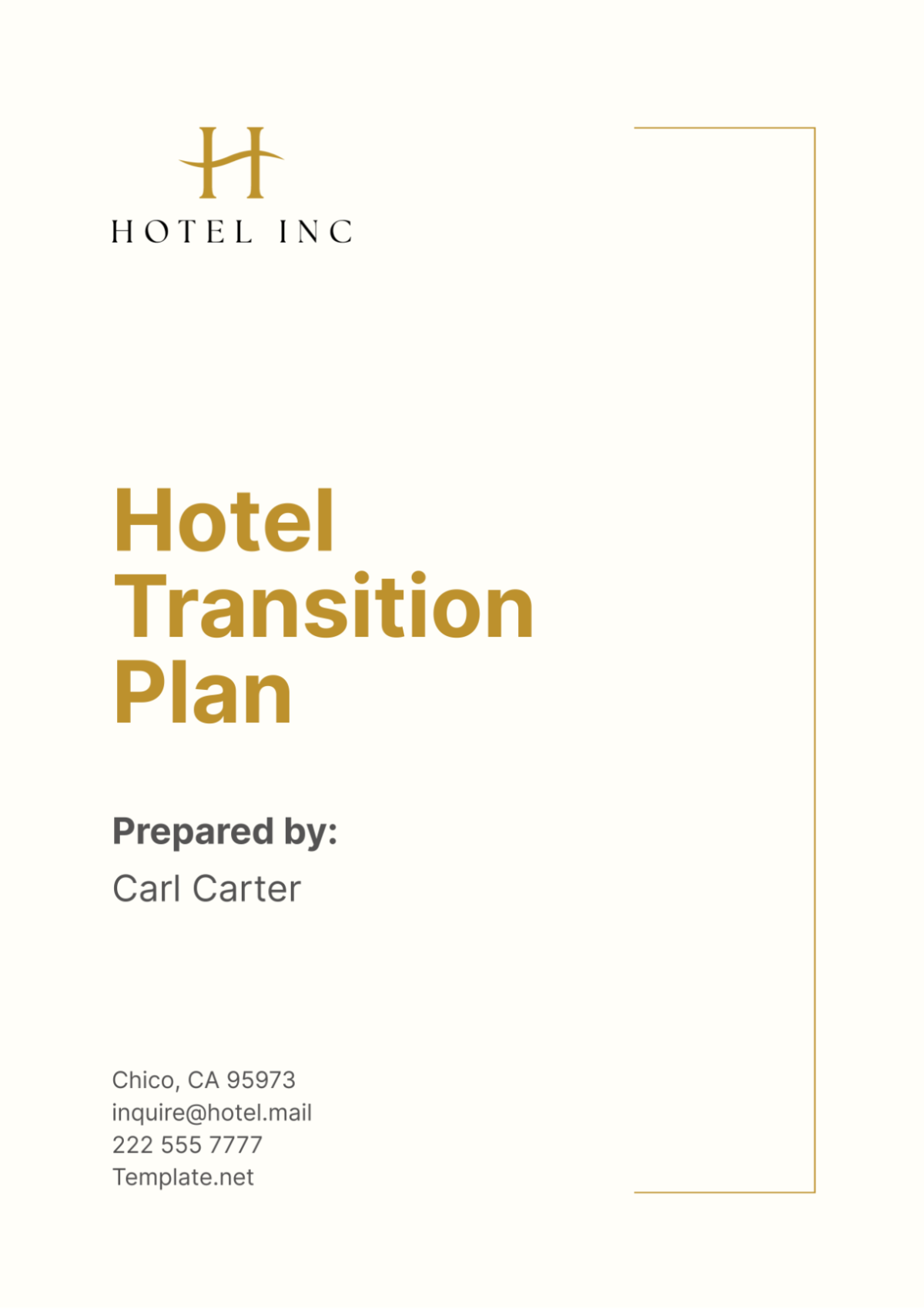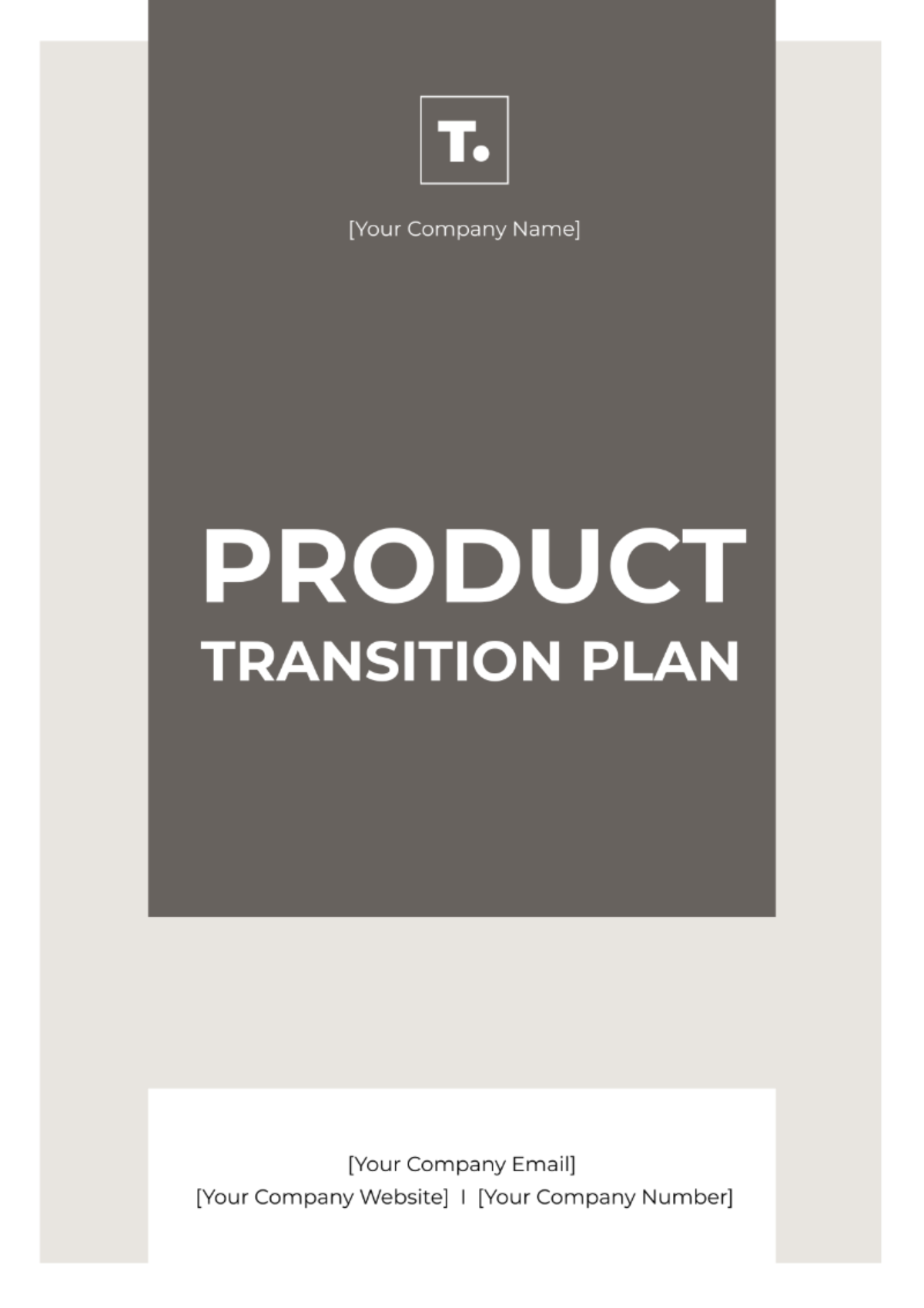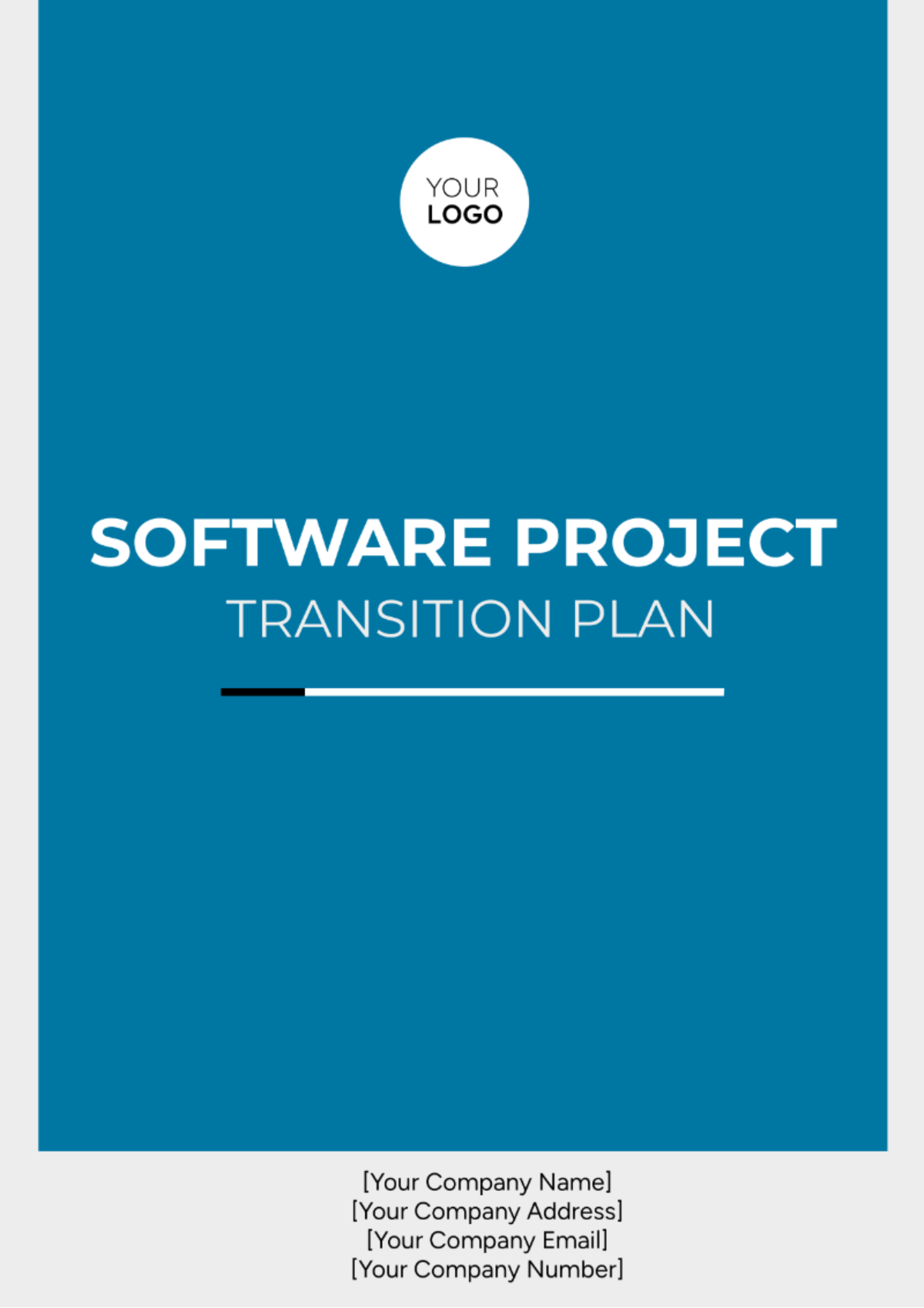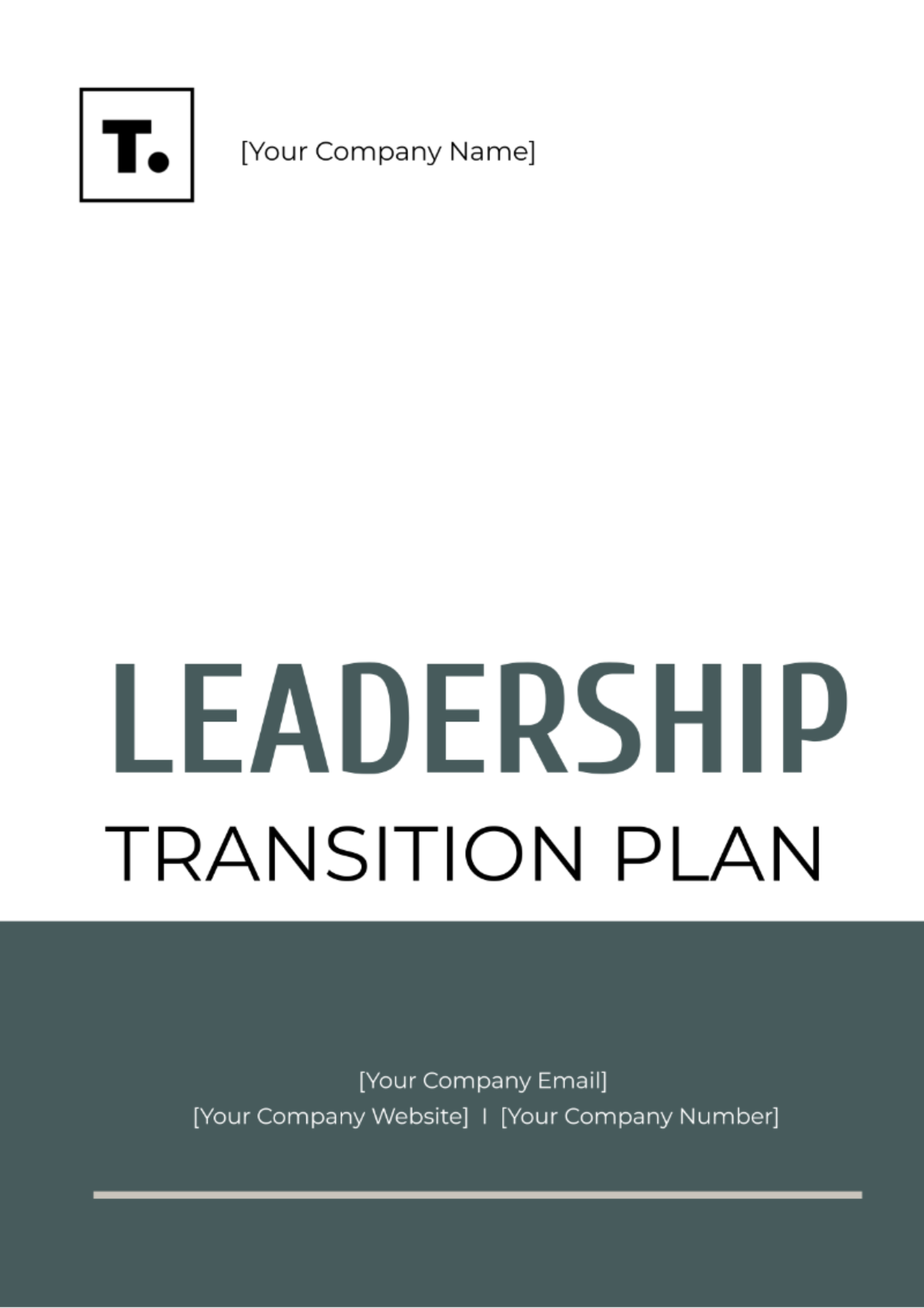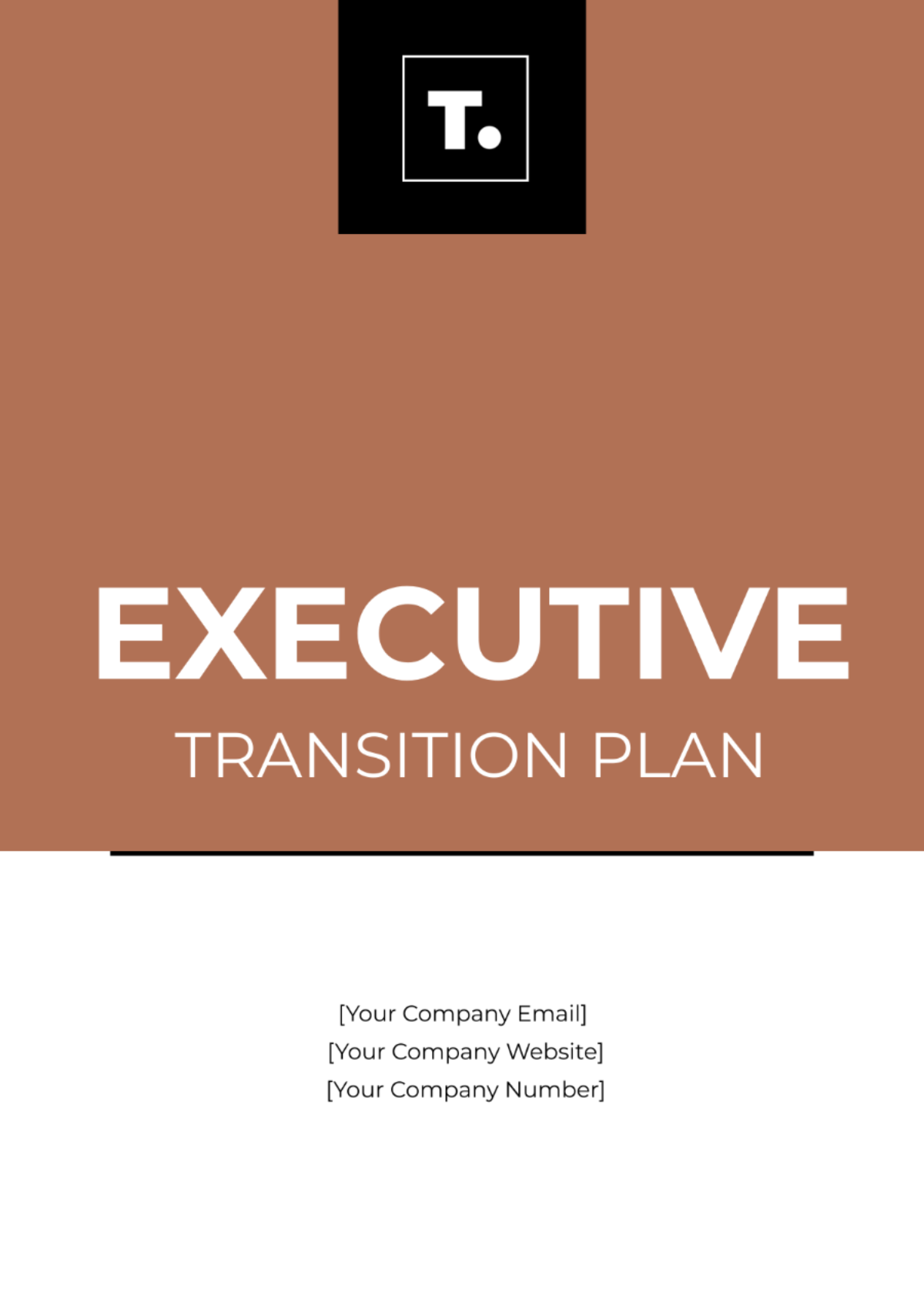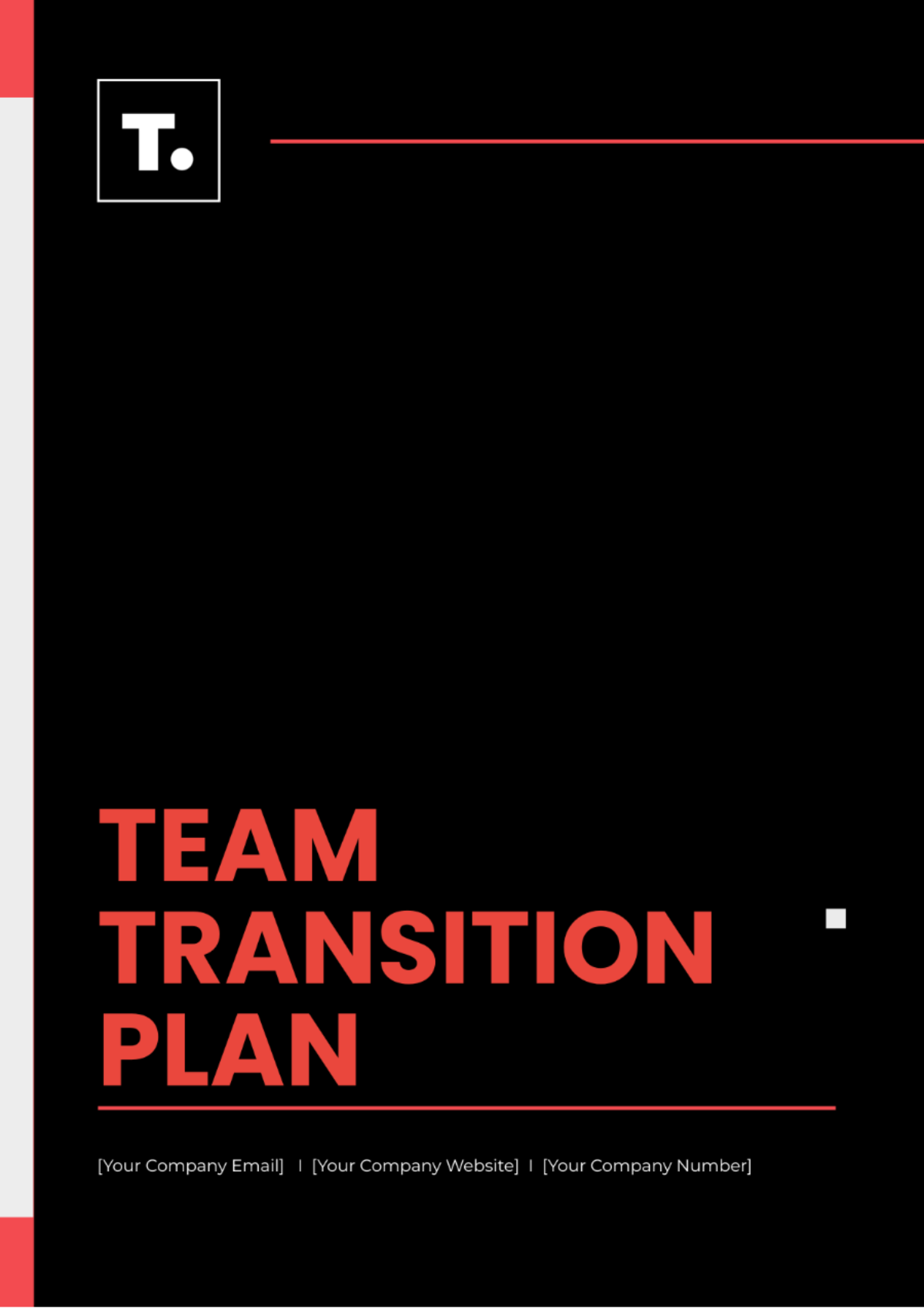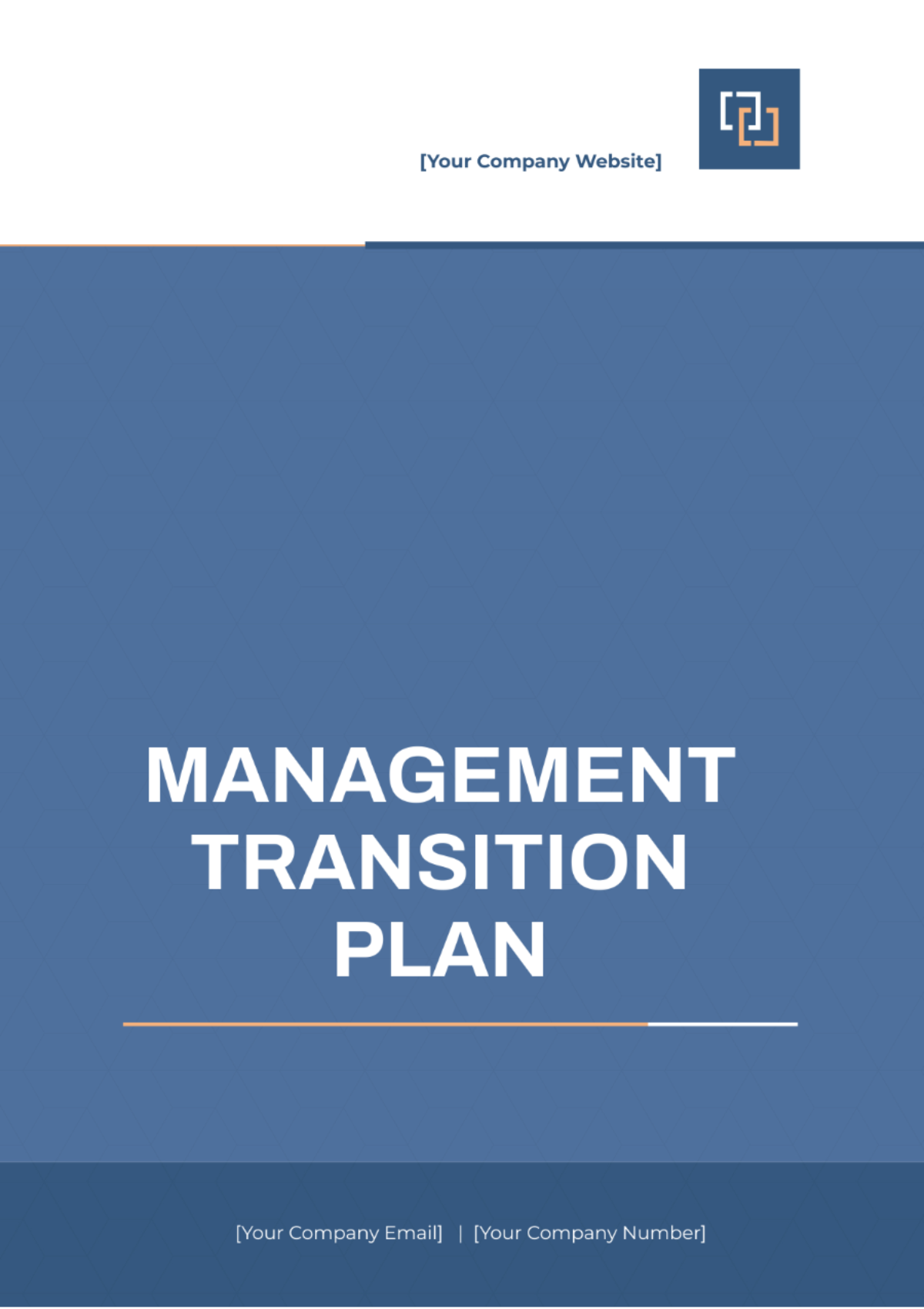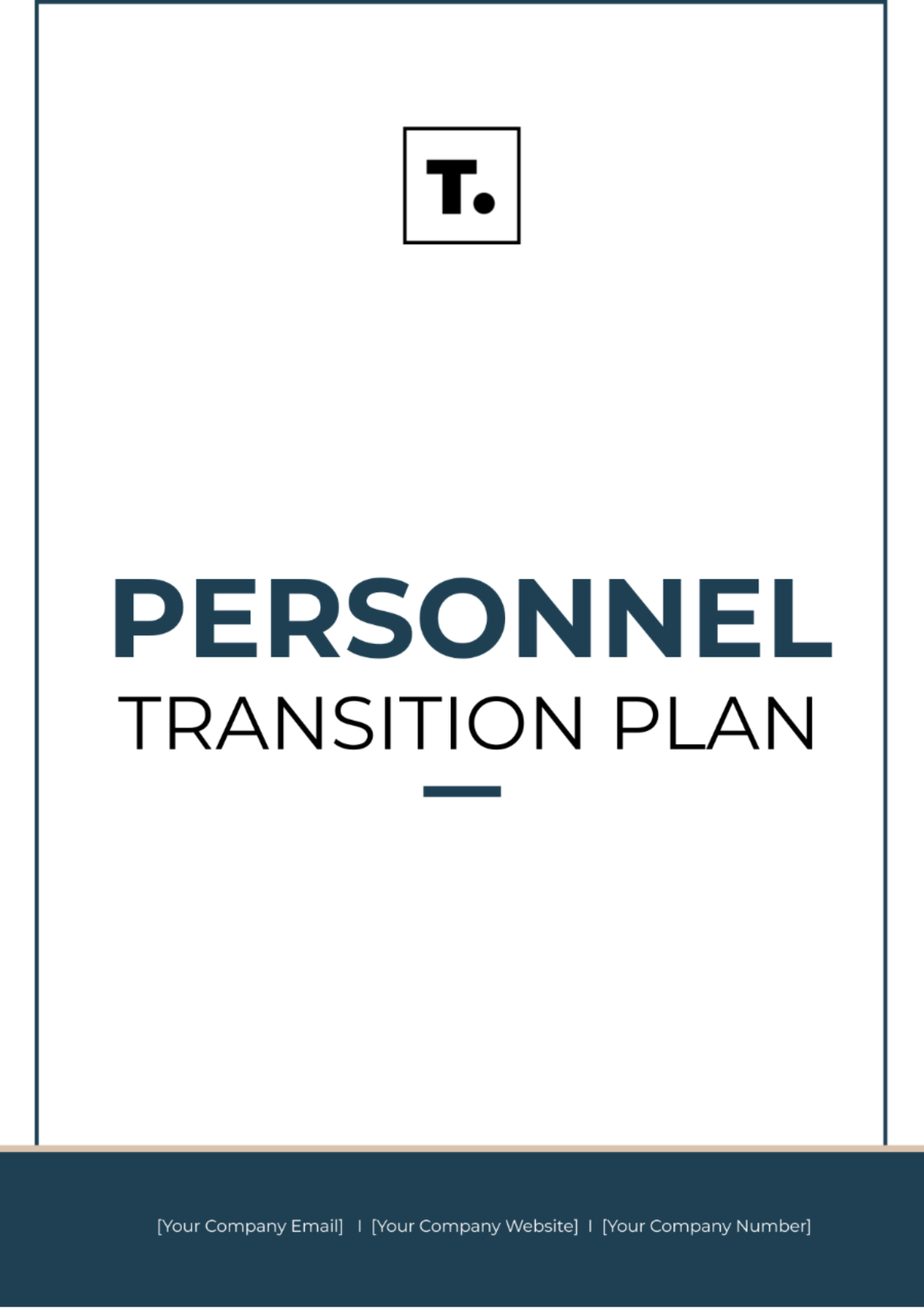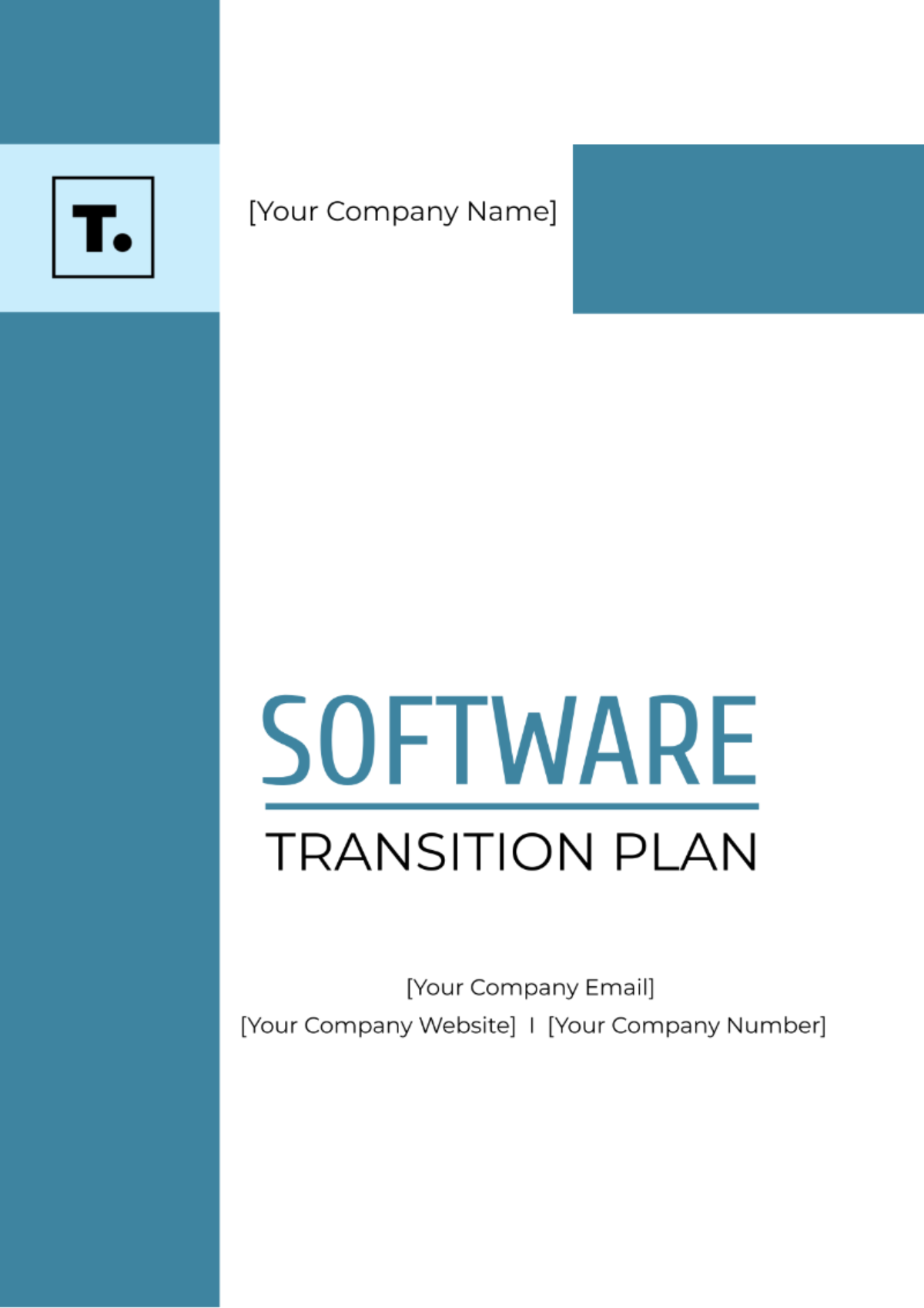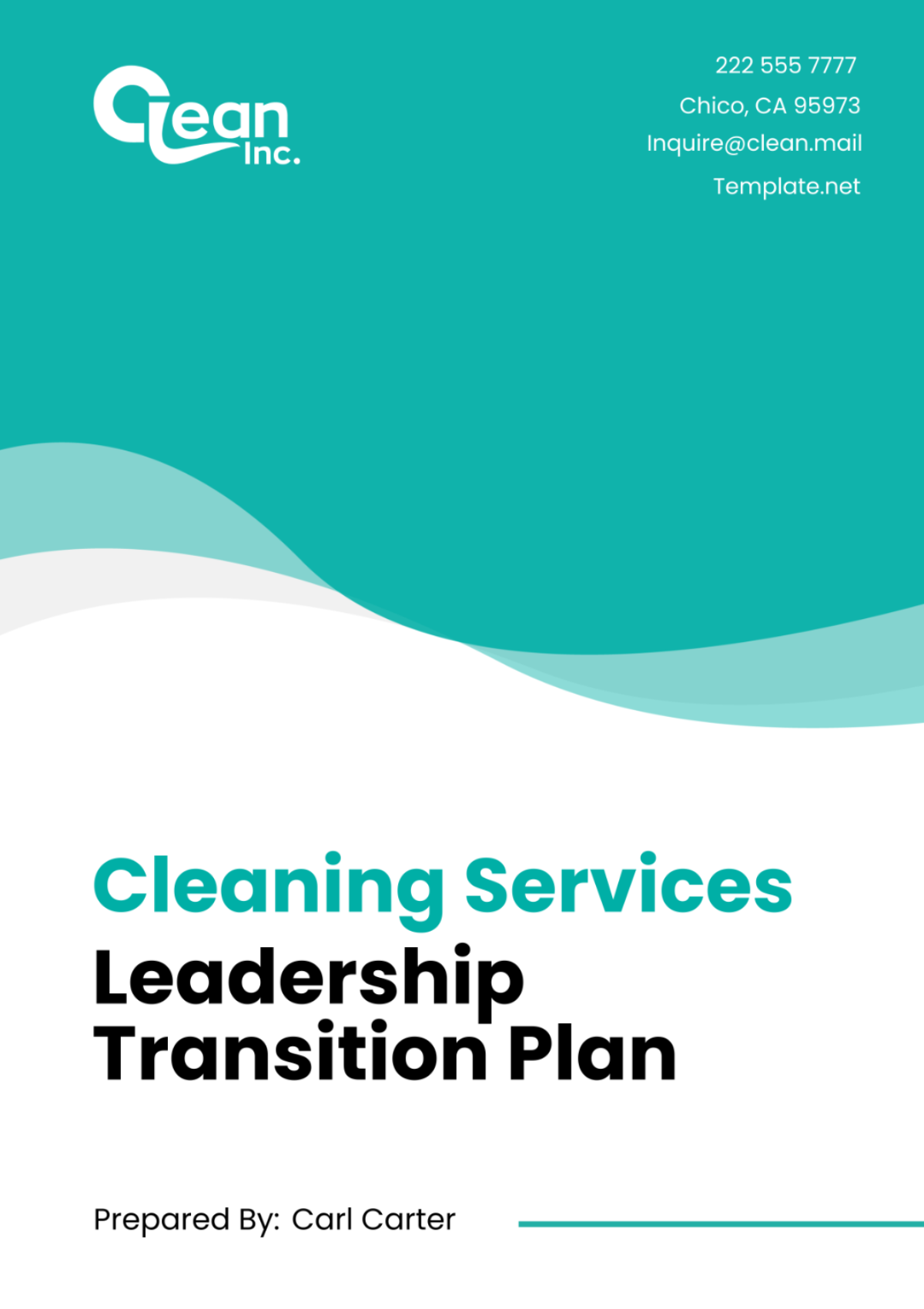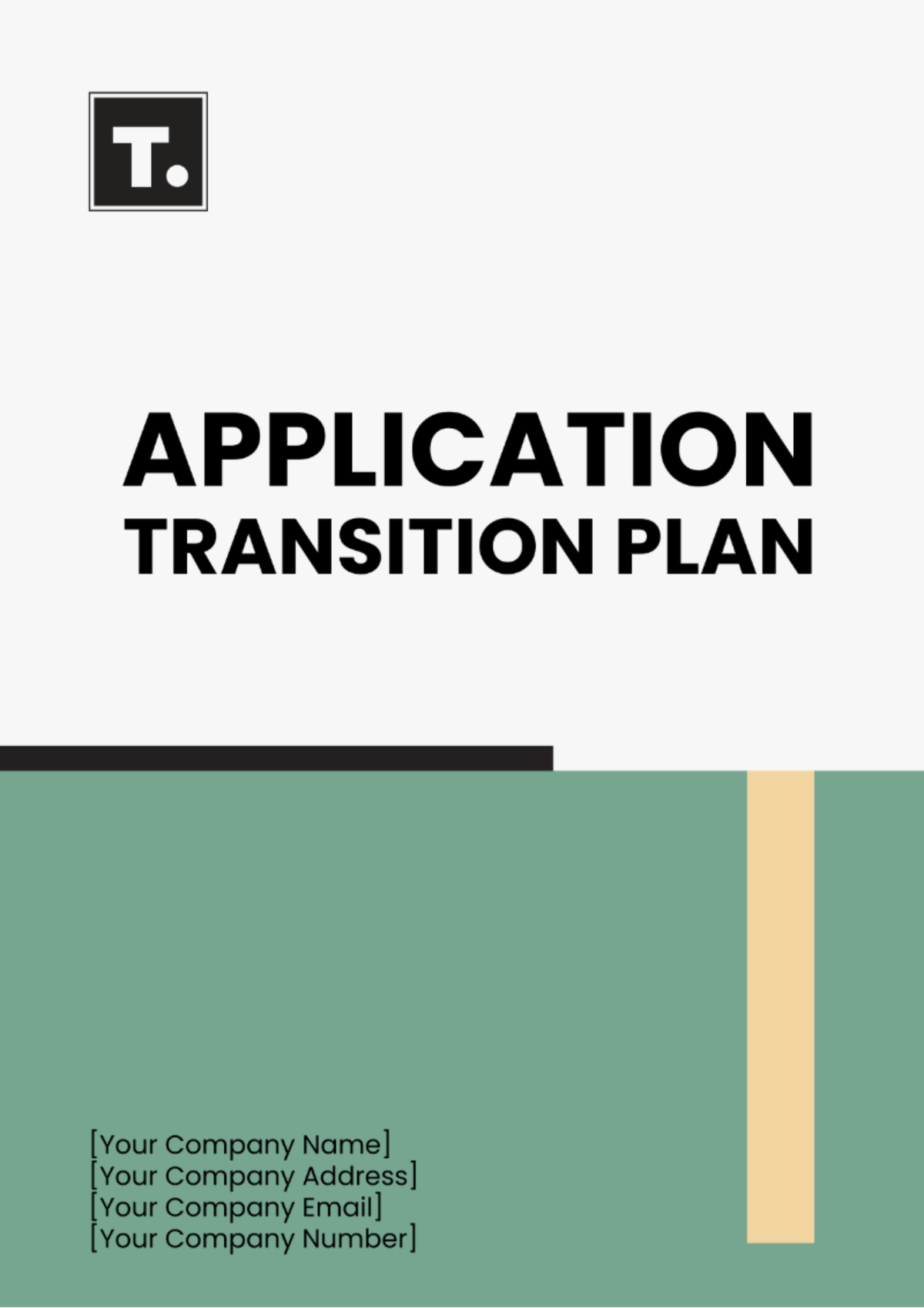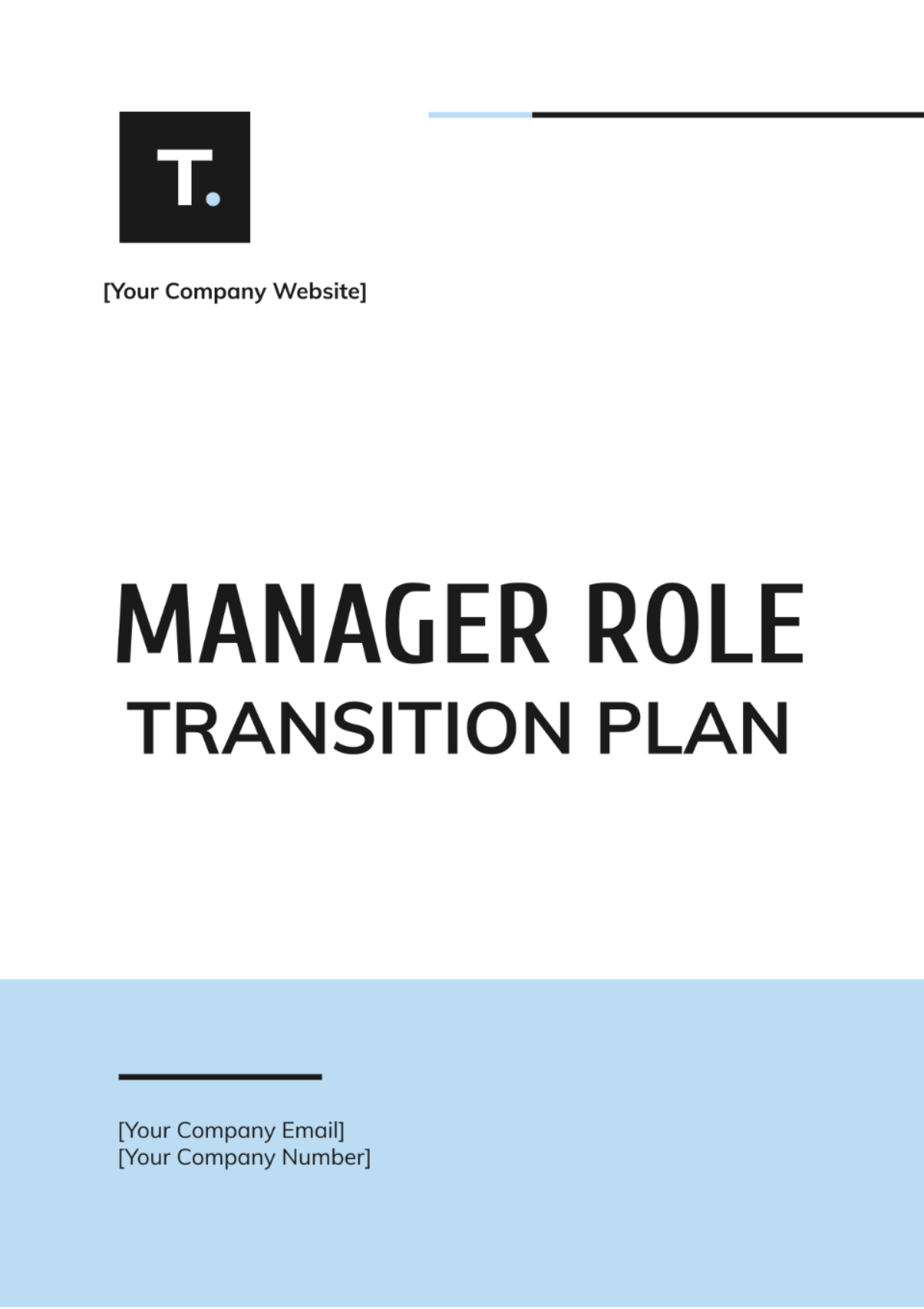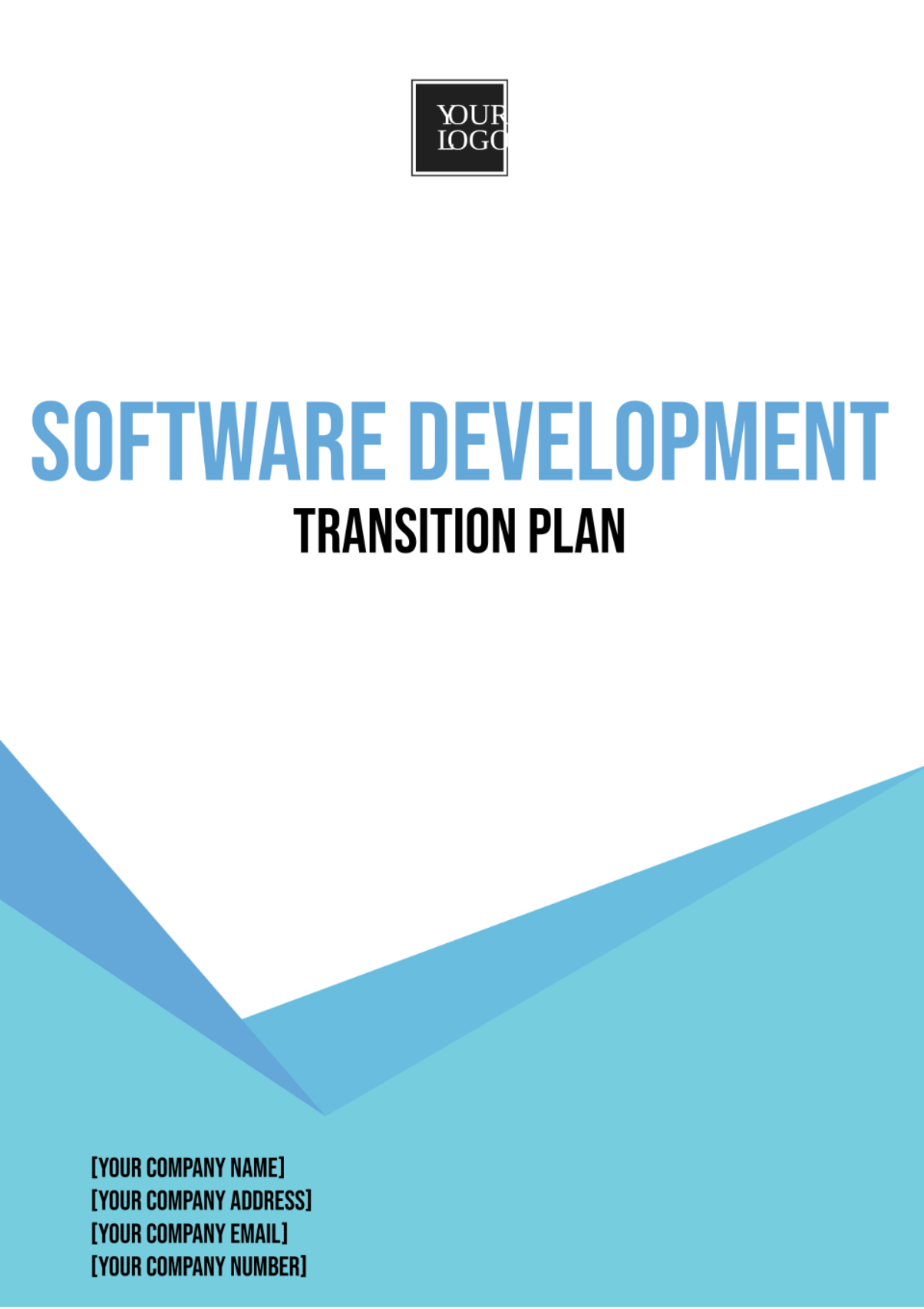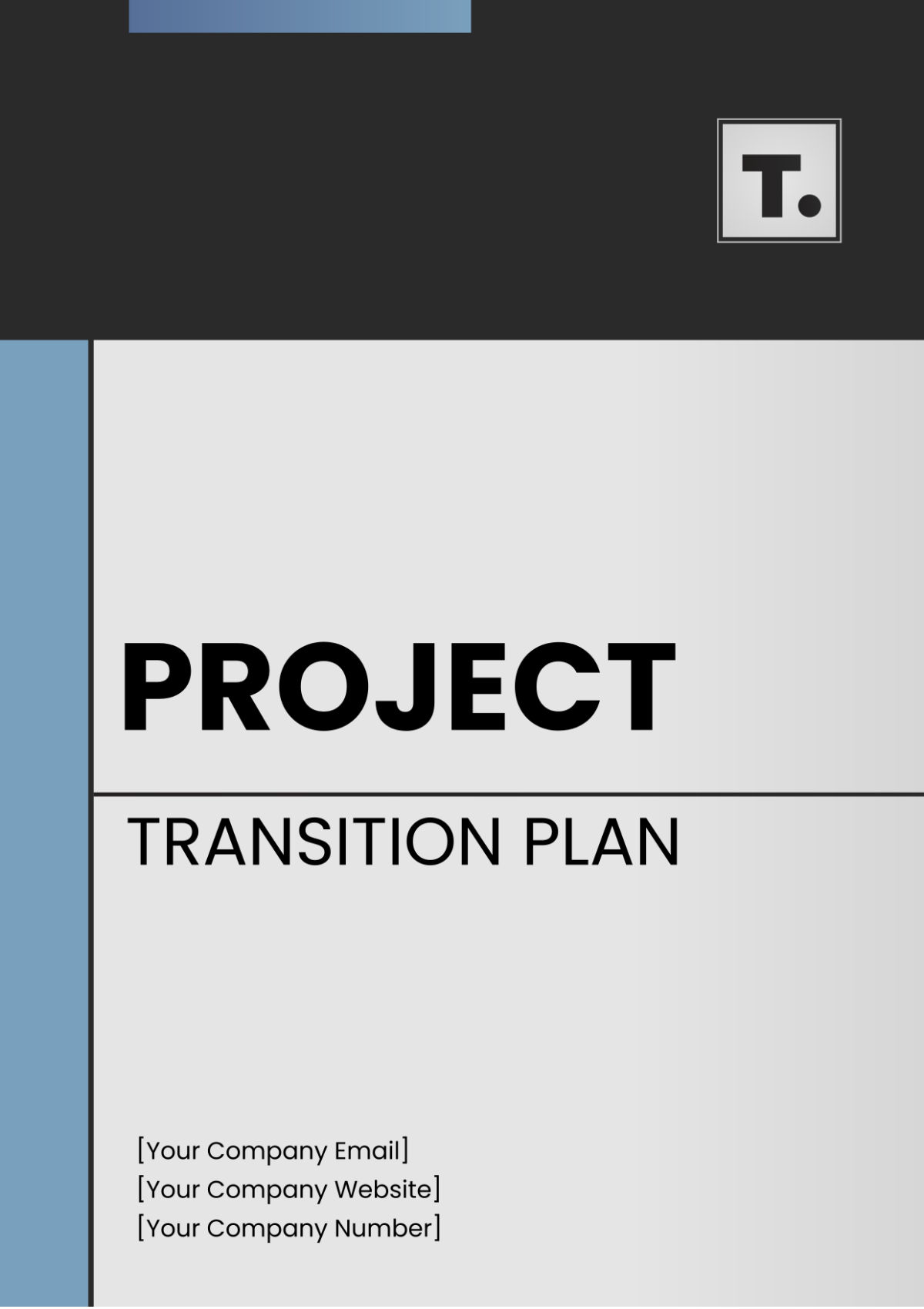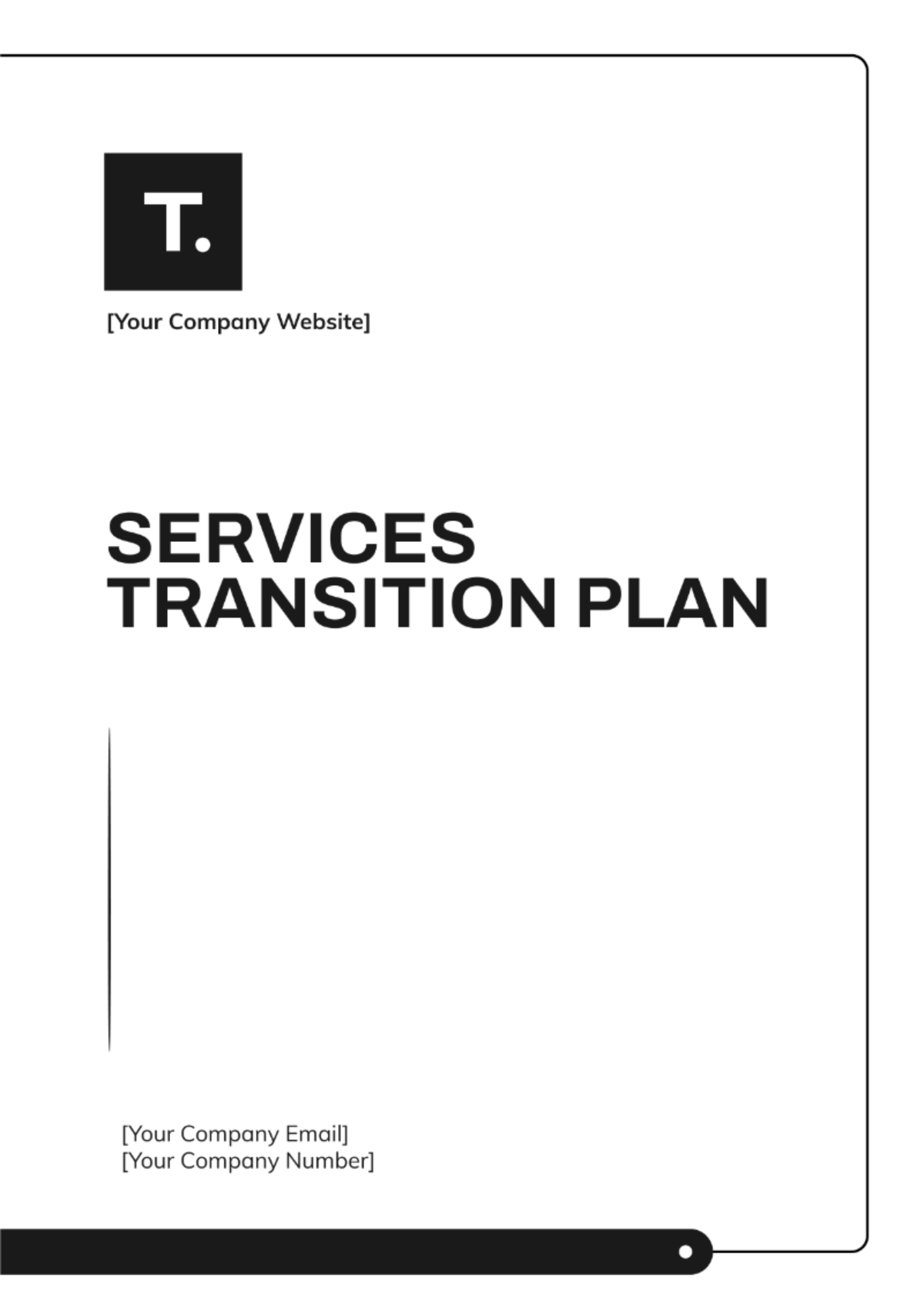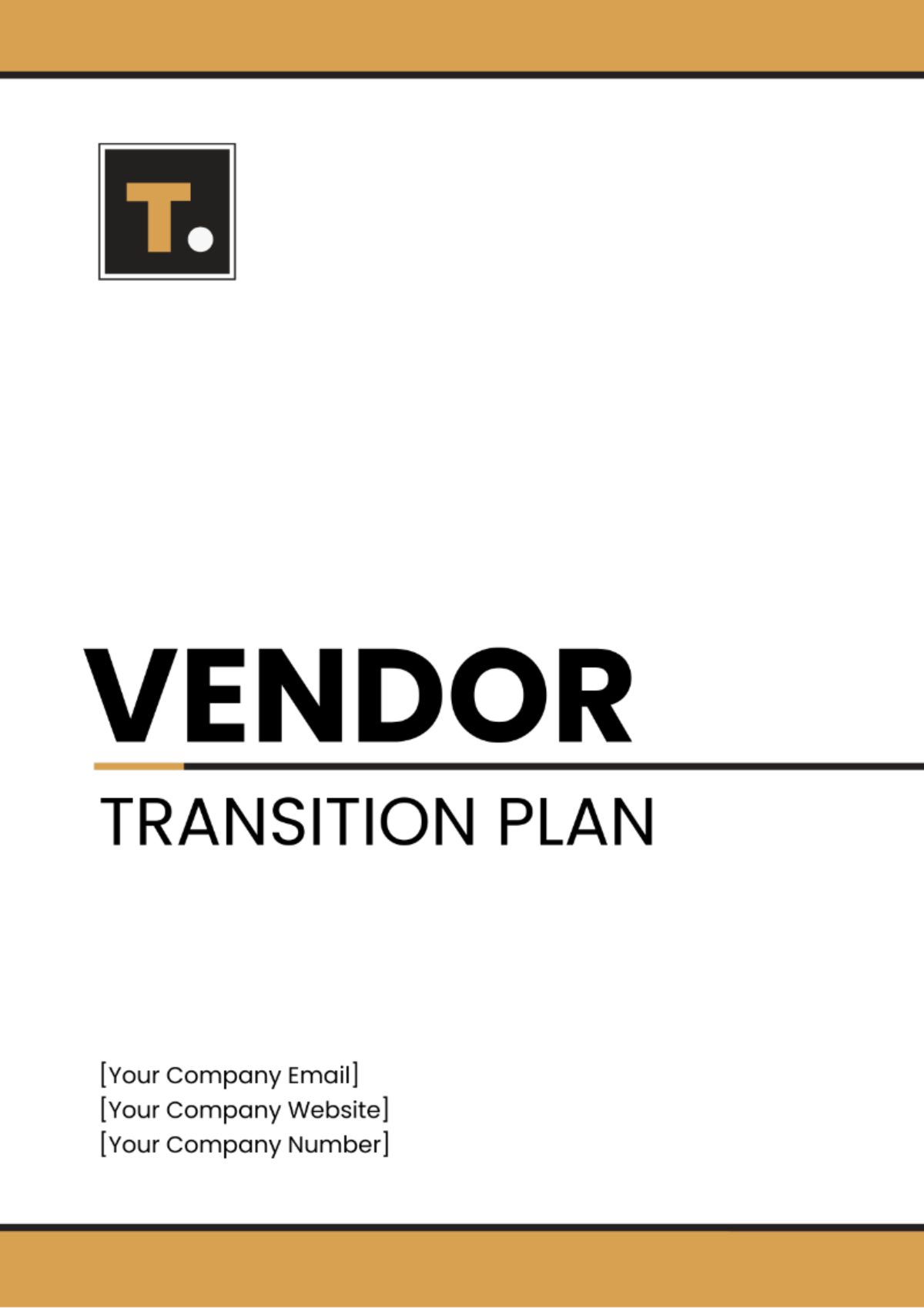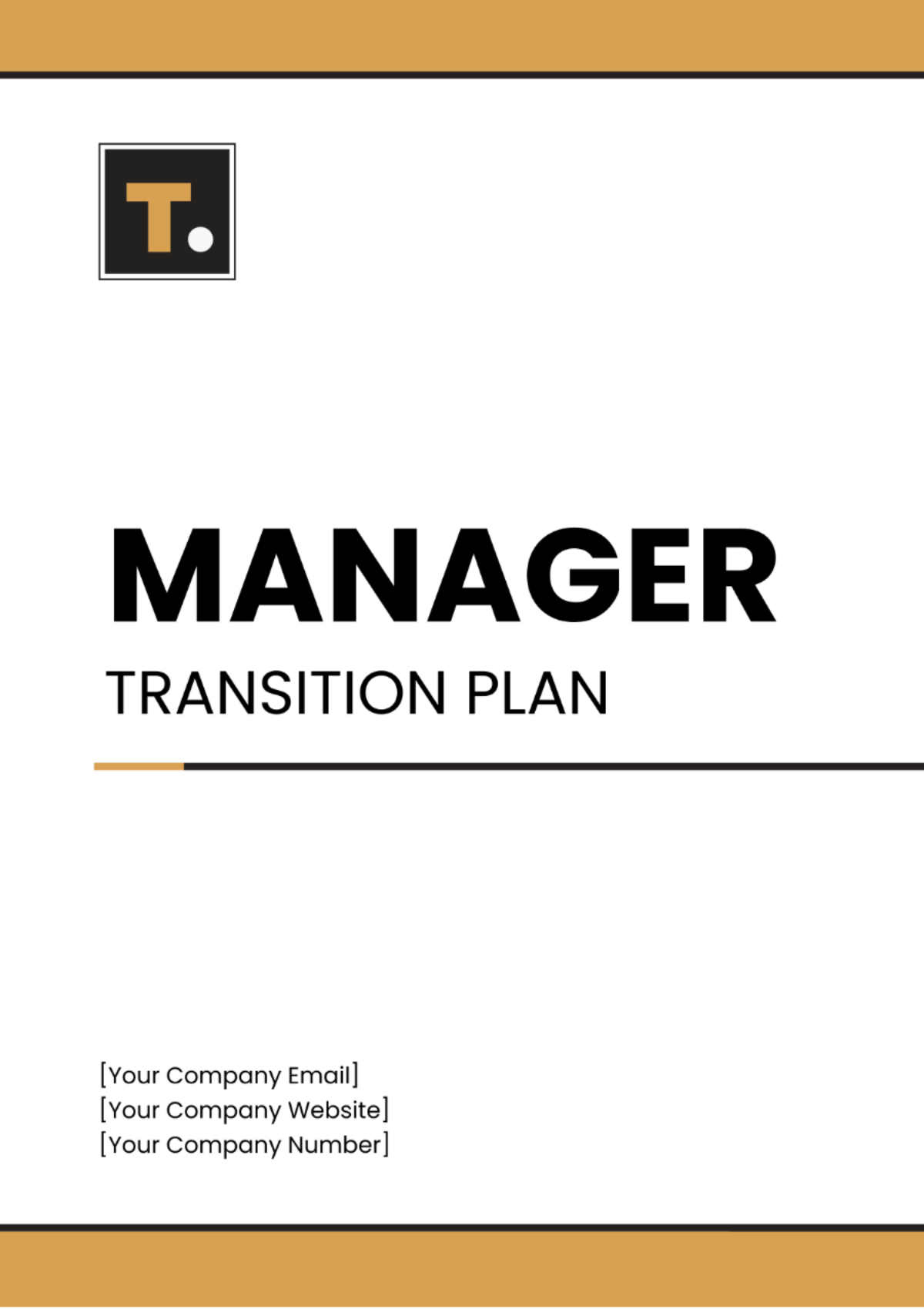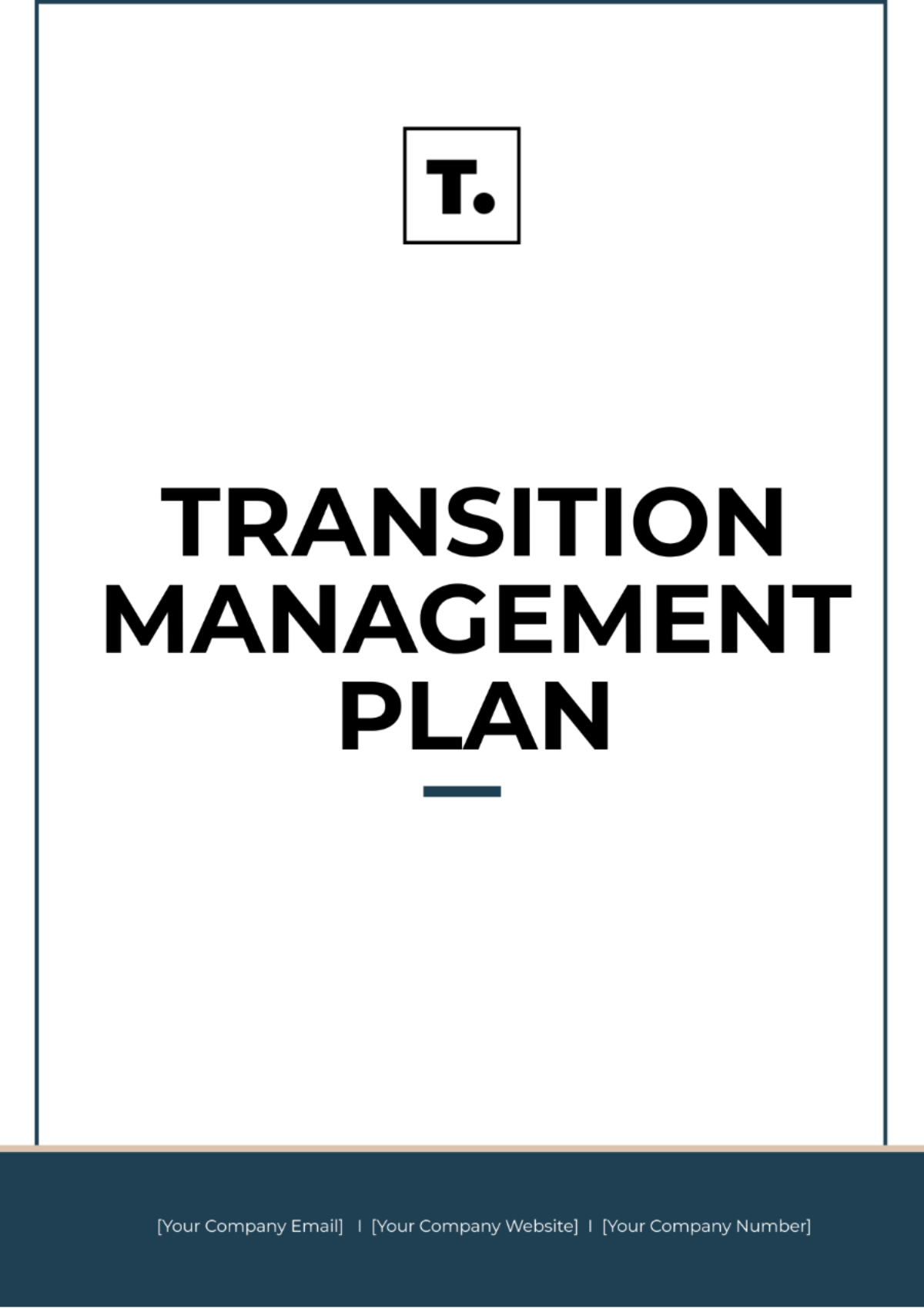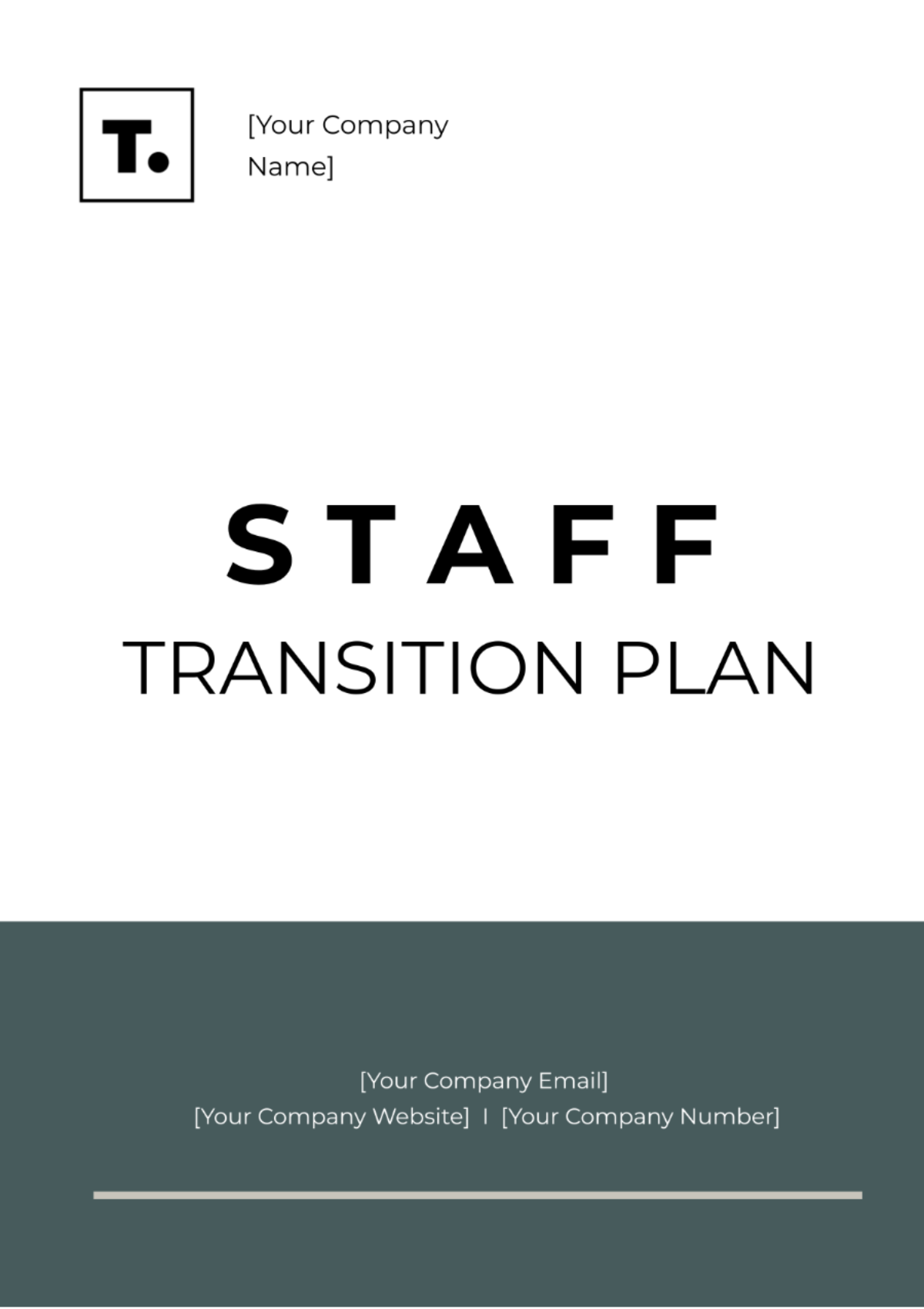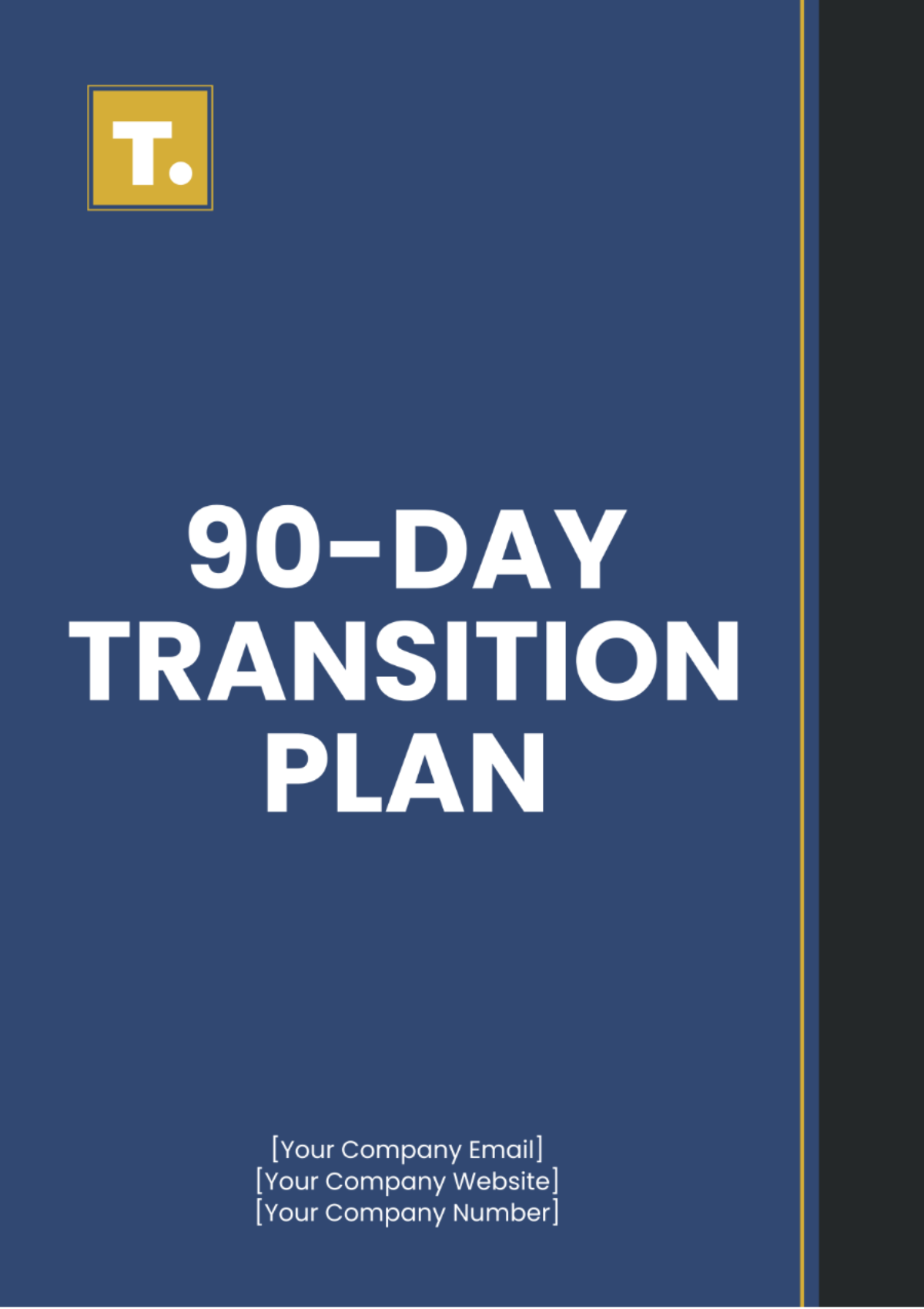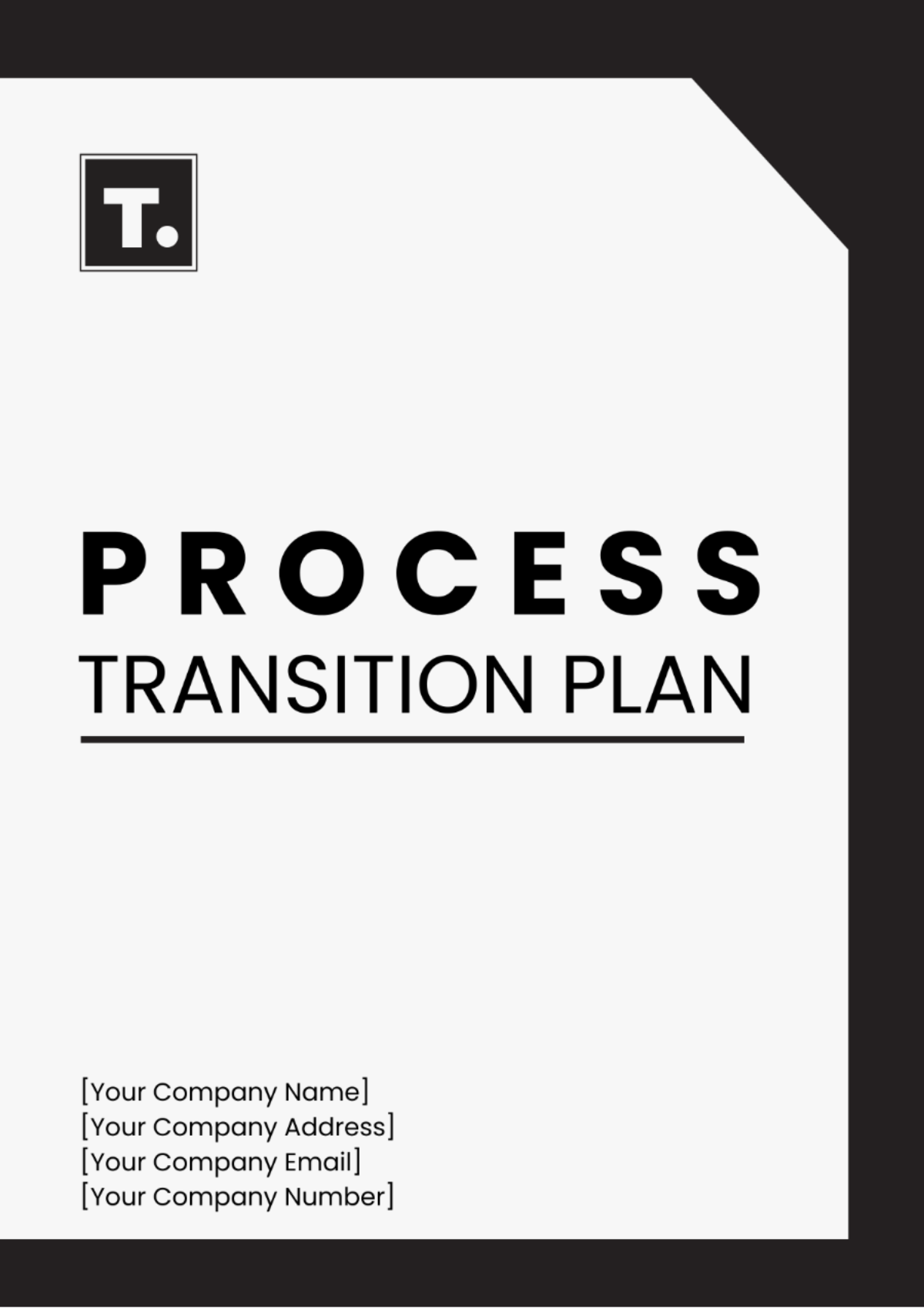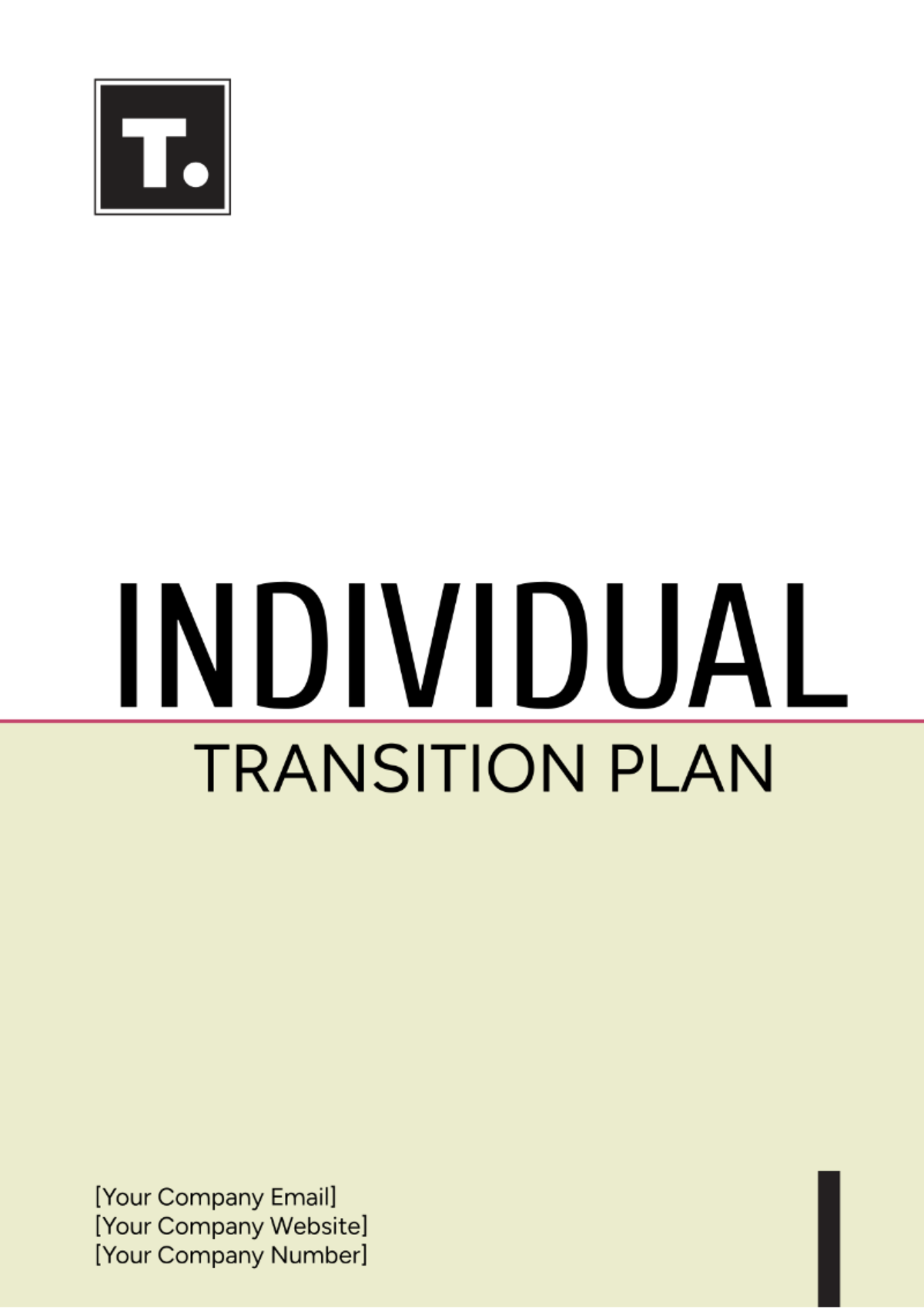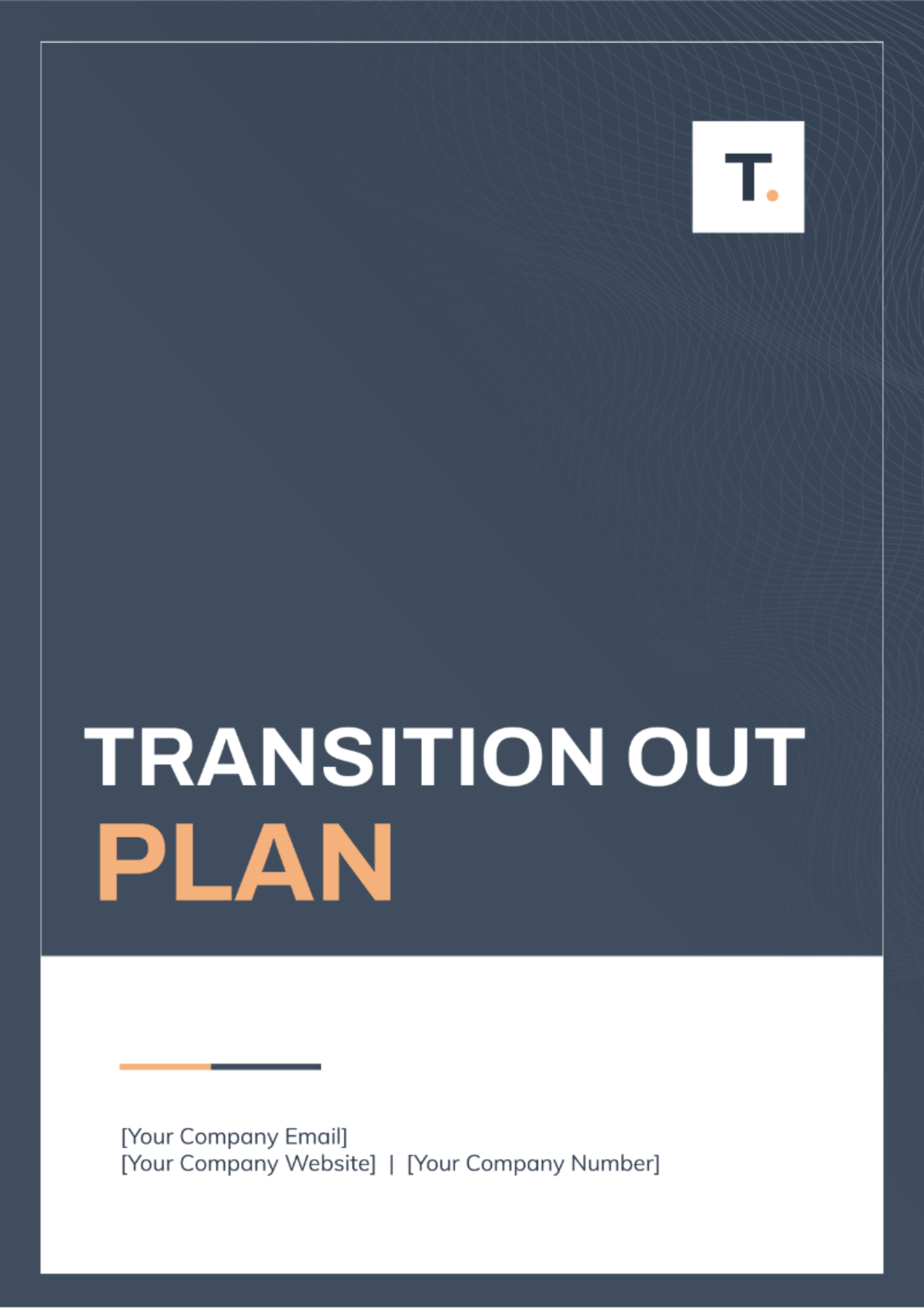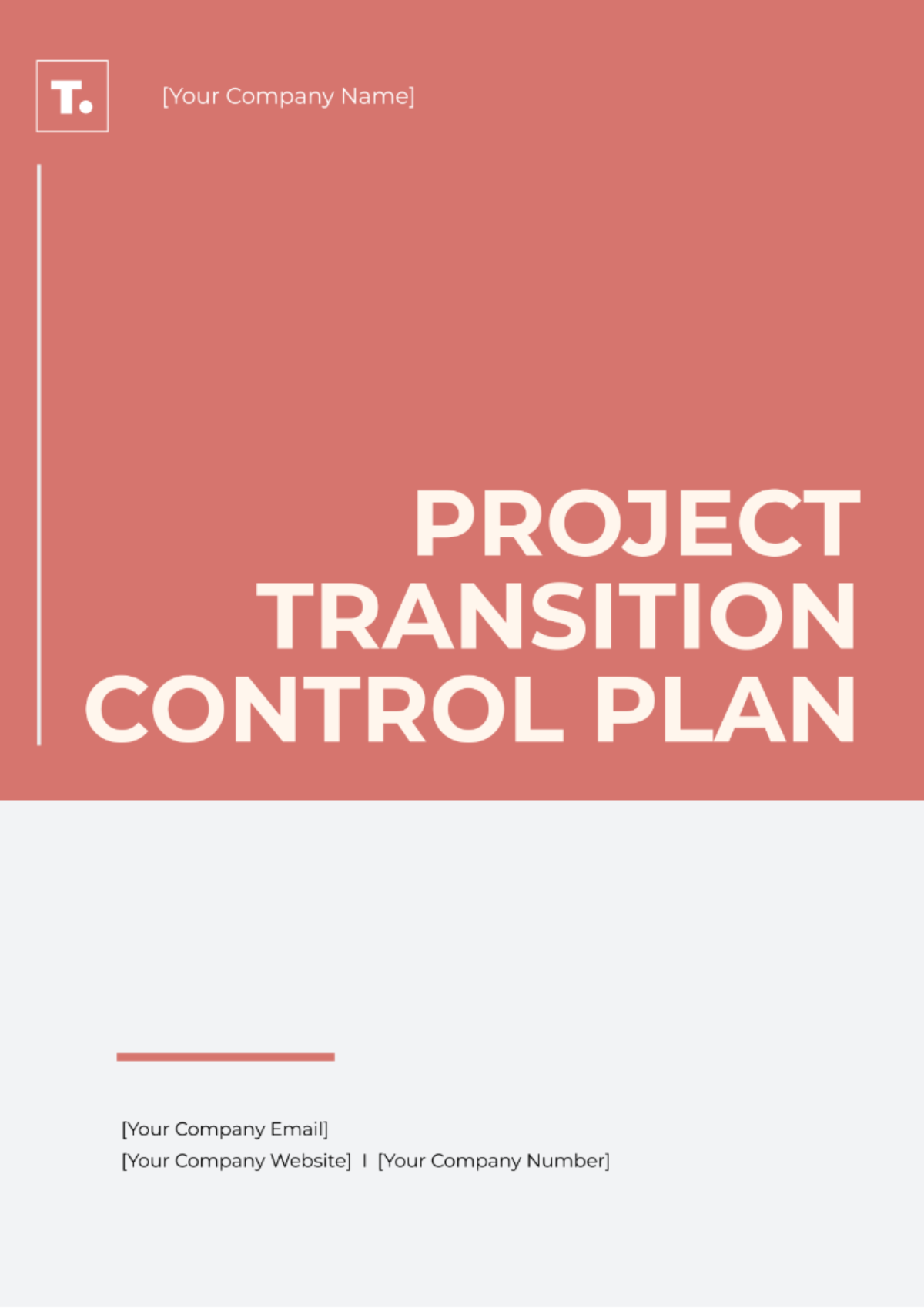Software Project Transition Plan
_____________________________________________________________________________________
_____________________________________________________________________________________
I. Introduction
This Software Project Transition Plan outlines the process and steps for transitioning the [Project Name] from its development phase to production. The purpose of this plan is to ensure a smooth handover, minimize disruptions, and maintain continuity in the project's development, support, and operational phases.
_____________________________________________________________________________________
II. Transition Overview
The [Project Name] has reached the end of its development phase and is ready for deployment to production. The transition involves transferring ownership and responsibility from the development team to the operations and support teams. Key objectives include ensuring the stability and reliability of the software in the production environment while providing necessary support and training to the operational team.
_____________________________________________________________________________________
III. Roles and Responsibilities
Roles | Responsibilities |
|---|---|
[Your Company Name] Project Manager | Oversees the transition process, ensures alignment with project goals, and resolves any issues. |
[Your Company Name] Development Team | Provides documentation, code repositories, and knowledge transfer to the operations team. |
[Your Company Name] Operations Team | Takes ownership of the software in the production environment, ensures its availability, and provides ongoing support. |
[Your Company Name] Quality Assurance TeamTeam | Validates the software's functionality and performance in the production environment. |
Clients/End-Users | Provide feedback and acceptance of the transitioned software. |
_____________________________________________________________________________________
IV. Transition Schedule
Week 1-2 | Knowledge transfer sessions between development and operations teams. |
Week 3 | Quality assurance testing in the production environment. |
Week 4 | Deployment of the software to production. |
Week 5 onwards | Ongoing support and monitoring. |
_____________________________________________________________________________________
V. Resource Requirements
Personnel
Development team members for knowledge transfer, QA testers, and operations team members.
Tools
Deployment automation tools, monitoring, and logging tools.
Budget
Allocated for any additional resources or training needs.
_____________________________________________________________________________________
VI. Risk Management
Potential risks include compatibility issues with the production environment, inadequate training for the operations team, and unexpected software bugs.
Mitigation strategies include thorough testing, providing comprehensive documentation, and conducting training sessions.
_____________________________________________________________________________________
VII. Communication Plan
Regular status meetings between development and operations teams.
Email updates to stakeholders on the progress of the transition.
Dedicated communication channels for reporting issues or requesting assistance.
_____________________________________________________________________________________
VIII. Training and Support
Training sessions for the operations team on using and maintaining the software.
Creation of user manuals and documentation for reference.
The development team provided ongoing support during the initial transition period.
_____________________________________________________________________________________
IX. Acceptance Criteria
Successful deployment of the software to production without major issues.
Completion of knowledge transfer sessions between development and operations teams.
Positive feedback from clients/end-users regarding the performance and usability of the software.
_____________________________________________________________________________________
X. Contingency Plan
Backup plans in case of deployment failures, including rollback procedures.
Additional support resources are on standby to address any critical issues.
_____________________________________________________________________________________
XI. Appendices
Detailed transition schedule.
Contact list for key stakeholders.
Technical documentation and system architecture diagrams.
_____________________________________________________________________________________


